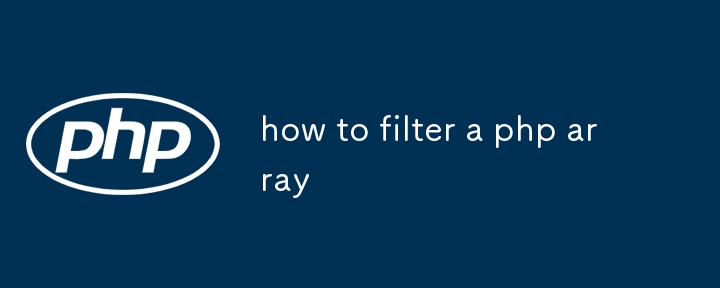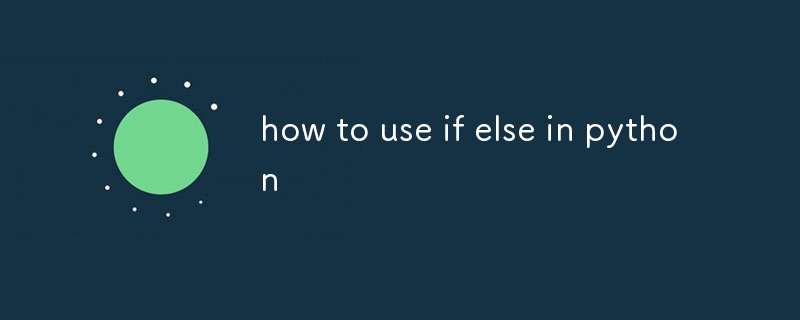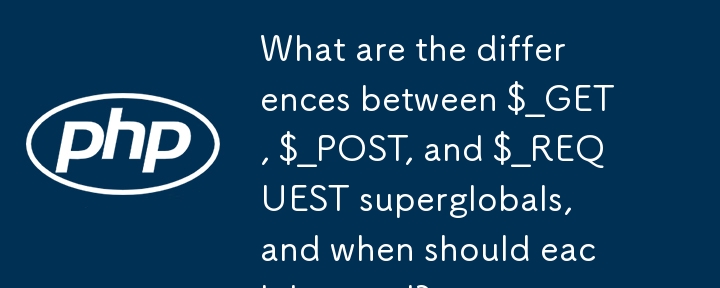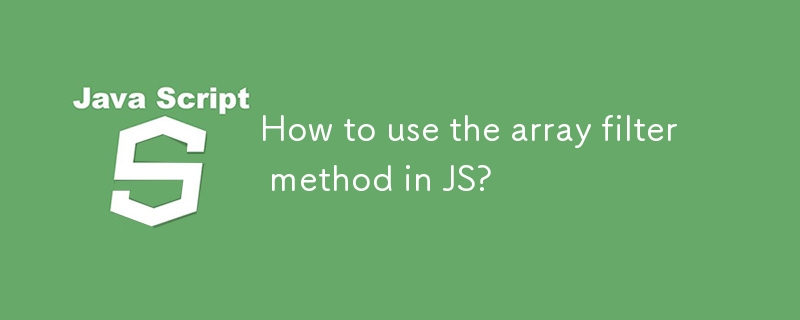Found a total of 10000 related content

How to use collections in Laravel?
Article Introduction:Laravel collection is an advanced encapsulation of PHP arrays, providing chained calling methods to process data. It is implemented through the Illuminate\Support\Collection class, simplifying filtering, mapping, sorting and other operations. For example, filtering users older than 25 and sorting by name requires only one line of code. Common uses include: 1. Create a collection through collect() function or model query; 2. Use map(), filter(), pluck() and other methods to process data; 3. Support chain calls to improve code readability; 4. Pay attention to collection immutability, return value type and how to use it in Blade templates. Mastering these techniques can significantly improve development efficiency.
2025-07-24
comment 0
733

YouTube Videos in PHP: Categories, Search and Suggestions
Article Introduction:This article demonstrates building a PHP application that interacts with the YouTube Data API v3, adding search and category filtering capabilities to a previous "most popular videos" application.
Key Features and Improvements:
Video Cate
2025-02-17
comment 0
727

how to filter a php array
Article Introduction:PHP provides a variety of methods to filter array elements. The preferred array_filter implements flexible filtering. It defines filtering conditions through a callback function, such as retaining elements greater than 10; if no callback is provided, the item with a value of false will be automatically removed. Secondly, you can combine array_map and conditional judgment to perform preliminary screening while converting data, but pay attention to the problem of null value processing. Finally, manual control using foreach loops is suitable for beginners or complex conditional processing. Although it is not as concise as functional writing, it is more intuitive and easy to debug.
2025-07-05
comment 0
462

php function to sanitize user input
Article Introduction:To ensure the security of user input in PHP, a cleaning function needs to be written to process input. The specific methods are as follows: 1. Use filter_var to perform basic cleaning, such as filtering HTML tags; 2. Select the corresponding filtering method according to the input type (such as mailbox, URL, integer, text); 3. Use batch processing functions for multi-field input to improve efficiency; 4. Pay attention to the fact that the back-end verification cannot rely on the front-end, avoid blacklisting strategies, and combine parameterized query to prevent SQL injection, and clean data according to the context when output.
2025-07-22
comment 0
296

Building Recommendation Engines with Python Surprise Library
Article Introduction:This article describes how to use Python's Surprise library to build a basic recommendation system. First, load the scoring data and perform pre-processing; second, select a suitable collaborative filtering algorithm (such as SVD) to train the model and evaluate the effect; then write a function to generate a user-personalized recommendation list; finally, use parameter tuning to improve the accuracy of the model. The steps are clear and suitable for introductory practice.
2025-07-18
comment 0
936

How to use PHP to develop product recommendation module PHP recommendation algorithm and user behavior analysis
Article Introduction:To collect user behavior data, you need to record browsing, search, purchase and other information into the database through PHP, and clean and analyze it to explore interest preferences; 2. The selection of recommendation algorithms should be determined based on data characteristics: based on content, collaborative filtering, rules or mixed recommendations; 3. Collaborative filtering can be implemented in PHP to calculate user cosine similarity, select K nearest neighbors, weighted prediction scores and recommend high-scoring products; 4. Performance evaluation uses accuracy, recall, F1 value and CTR, conversion rate and verify the effect through A/B tests; 5. Cold start problems can be alleviated through product attributes, user registration information, popular recommendations and expert evaluations; 6. Performance optimization methods include cached recommendation results, asynchronous processing, distributed computing and SQL query optimization, thereby improving recommendation efficiency and user experience.
2025-07-23
comment 0
910

how to use if else in python
Article Introduction:ifelse is used in Python to execute different code blocks according to conditions. The basic syntax is to execute corresponding code if conditions, otherwise execute else code, such as judging whether age is adult; multi-condition judgments can be used for elif, such as output level according to fractions; it is recommended to place high probability conditions first and avoid excessive nesting; it is common in data filtering and parameter verification scenarios; ternary expressions are suitable for simple logic.
2025-07-16
comment 0
618

Mastering Java 8 Streams and Lambdas for Cleaner Code
Article Introduction:Lambda expressions simplify the writing of anonymous internal classes, making the code more concise. For example, use (p1,p2)->p1.getName().compareTo(p2.getName()) to replace the anonymous class of Comparator, and can combine methods to reference such as Person::getName to improve readability; 2.StreamAPI provides declarative data processing pipelines, such as filter filtering, map conversion, sorted sorting and collecting results, clearly expressing "what to do" rather than "how to do it", such as users.stream().filter(user->user.getAge
2025-07-27
comment 0
646

how to remove null or empty values from a php array
Article Introduction:To clean up null or null values ??in PHP arrays, you can use the array_filter function, which will remove all false values ??such as null, empty strings, false, 0 and empty arrays by default. If you want to remove only null and empty strings, you need to customize the filtering conditions to retain other false values; use array_values ??to re-index the array key names; recursive filtering is required when dealing with multi-dimensional arrays; pay attention to spaces, data types and performance issues. 1. Use array_filter to filter false values ??by default; 2. Custom callbacks retain specific values; 3. Array_values ??reset key names; 4. Recursive functions handle multi-dimensional arrays; 5. Pay attention to the impact of spaces, types and performance.
2025-07-04
comment 0
927

What are some common security risks associated with PHP sessions?
Article Introduction:The security risks of PHP sessions mainly include session hijacking, session fixation, session prediction and session poisoning. 1. Session hijacking can be prevented by using HTTPS and protecting cookies. 2. Session fixation can be avoided by regenerating the session ID before the user logs in. 3. Session prediction needs to ensure the randomness and unpredictability of session IDs. 4. Session poisoning can be prevented by verifying and filtering session data.
2025-04-28
comment 0
902

Quick Tip: How to Filter Data with PHP
Article Introduction:Key Points
Never trust external input in the application. It is crucial to filter any data contained in your application to prevent attackers from injecting code.
The two main types of data filtering in PHP are verification and cleaning. Verification ensures that external inputs meet expectations, while cleaning removes illegal or unsafe characters from external inputs.
PHP provides a range of filters for verification and cleaning. These filters can be applied using the filter_var() and filter_input() functions to make your PHP applications safer and more reliable.
This article will explore why anything contained in a filter application is so important. In particular, we will look at how to verify and clean external data in PHP
2025-02-08
comment 0
931

How to make an object a generator in Python?
Article Introduction:To make an object a generator, you need to generate values ??on demand by defining a function containing yield, implementing iterable classes that implement \_\_iter\_ and \_next\_ methods, or using generator expressions. 1. Define a function containing yield, return the generator object when called and generate values ??successively; 2. Implement the \_\_iter\_\_ and \_\_next\_\_\_ in a custom class to control iterative logic; 3. Use generator expressions to quickly create a lightweight generator, suitable for simple transformations or filtering. These methods avoid loading all data into memory, thereby improving memory efficiency.
2025-07-07
comment 0
1000

What are the differences between $_GET, $_POST, and $_REQUEST superglobals, and when should each be used?
Article Introduction:In PHP, $_GET, $_POST, and $_REQUEST are used to collect data from HTTP requests, but for different purposes. 1.$_GET is used to retrieve non-sensitive data through URL query strings, suitable for scenarios such as filtering content, paging links, etc.; 2.$_POST is used to process sensitive or large amounts of data submitted through HTML forms, such as login information and file uploads; 3.$_REQUEST is a collection of $_GET, $_POST and $_COOKIE, providing a unified access method, but may cause conflicts. It is recommended to use $_GET or $_POST first to avoid ambiguity and security risks.
2025-06-11
comment 0
635

Using Eloquent Query Scopes in Laravel.
Article Introduction:Eloquent query scope improves code clarity and reusability by encapsulating common query logic. 1. The local scope is defined with a method starting with scope, such as scopeActive() is used to filter enabled users; 2. The dynamic scope supports parameter passing, such as scopeStatus($status) to achieve flexible state filtering; 3. The global scope is automatically applied to all queries, suitable for data isolation but needs to be used with caution; 4. Multiple scopes can be combined in chains to enhance semantic expression and maintenance; 5. Complex queries can be centrally processed through conditional judgments to improve flexibility.
2025-07-29
comment 0
955

How to use PHP to implement AI content recommendation system PHP intelligent content distribution mechanism
Article Introduction:1. PHP mainly undertakes data collection, API communication, business rule processing, cache optimization and recommendation display in the AI content recommendation system, rather than directly performing complex model training; 2. The system collects user behavior and content data through PHP, calls back-end AI services (such as Python models) to obtain recommendation results, and uses Redis cache to improve performance; 3. Basic recommendation algorithms such as collaborative filtering or content similarity can implement lightweight logic in PHP, but large-scale computing still depends on professional AI services; 4. Optimization needs to pay attention to real-time, cold start, diversity and feedback closed loop, and challenges include high concurrency performance, model update stability, data compliance and recommendation interpretability. PHP needs to work together to build stable information, database and front-end.
2025-07-23
comment 0
896

how to remove specific keys from a php array
Article Introduction:There are three main ways to remove a specific key from a PHP array. 1. Use the unset() function to directly delete one or more keys, such as unset($array['age']) or unset($array['age'],$array['email']), but this method will modify the original array; 2. Use array_filter() and combine the ARRAY_FILTER_USE_KEY parameter to implement conditional filtering, such as dynamically removing the specified key list, this method generates a new array without affecting the original array; 3. Use array_diff_key() for set key removal, and provide a new array with the format key to be removed, such as array_di
2025-07-06
comment 0
697

How to use the array filter method in JS?
Article Introduction:filter is a JavaScript array used to filter elements that meet the criteria. Its core function is to "filter", return a new array and the original array remains unchanged. It traverses each element and executes a callback function, and if true returns, it retains the element, and finally forms a new array containing all the qualified elements. The basic syntax is constnewArray=array.filter((element,index,array)=>{...}); and the most commonly used parameter is element. 1. It can be used directly in basic data types, such as filtering numbers greater than 10 or strings containing specific keywords; 2. It can process object arrays, make conditional judgments by accessing object properties, and even
2025-07-25
comment 0
624

what is the use of awk command in linux
Article Introduction:The awk command is mainly used in Linux for text processing, and is especially good at extracting, filtering and manipulating structured data by rows and columns. Its core uses include: 1. Extract specific column content, and divide fields with spaces or tabs by default. References such as $1, $2, etc., such as who|awk'{print$1}', can display username; 2. Filter row content by condition, such as awk'/error/{print}', can find log rows containing "error", or filter specific column values through $3=="404"; 3. Custom delimiter handles complex formats, and specify input delimiters with -F parameter, such as awk-F:'{print$1,$6}', to process colon-delimited /etc/p
2025-07-22
comment 0
925

Set Theory in Practice: Leveraging `array_intersect` and `array_diff`
Article Introduction:Array comparison is commonly used for array_intersect() and array_diff() functions. 1.array_intersect() returns the common values of the two arrays, such as finding the common role of the user; 2.array_diff() returns the values in the first array that are not in other arrays, used to detect missing or redundant items; 3. Both are based on loose comparisons and retain the original keys, pay attention to the processing of parameter order and keys; 4. Actual applications include data synchronization, permission verification and input filtering; 5. For strict type or key-value comparison, array_intersect_assoc() or array_diff_assoc() should be used; these functions improve code readability and efficiency,
2025-08-02
comment 0
592

Monitoring Queued Jobs Telescope | Queue Inspection
Article Introduction:To monitor queued tasks in Laravel's Telescope, you need to manually add the listening event. 1. Open the app/Providers/TelescopeServiceProvider.php file; 2. Introduce and listen to the JobQueued event in the register() method; 3. After the configuration is completed, you can view the detailed information of the queuedjob under the Jobs tag of Telescope, including the task class name, queue name and enqueue parameters. This method is suitable for Redis or database-driven queues and supports monitoring of delayed tasks. Note that filtering rules and data security policies should be set reasonably in the online environment to avoid performance problems and sensitive information
2025-06-27
comment 0
551


















